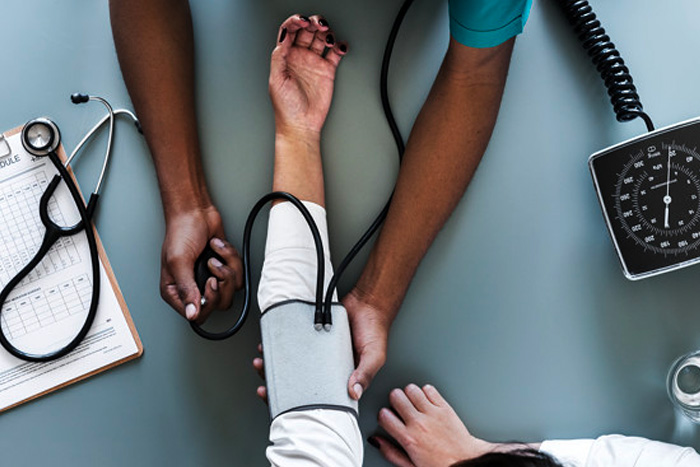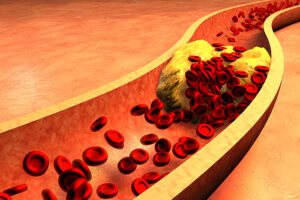High blood pressure, or hypertension, is when the force of blood against your artery walls stays consistently above 140/90 mmHg. Over time, this pressure strains the heart and blood vessels, leading to build-up of fatty deposits that narrow the arteries.
Hypertension affects about one in four adults in Singapore, but many don’t realise they have it. You might feel perfectly fine, but left unmanaged, hypertension can quietly damage your heart, kidneys, eyes and arteries, earning its name as the “silent killer.”
Some risk factors are beyond your control, such as age and family history. But others can be managed through small lifestyle changes. Common causes include:
- Eating too much salt or processed food
- Lack of regular physical activity
- Smoking or heavy alcohol intake
- Stress and poor sleep
- Being overweight or having diabetes
Most people with high blood pressure don’t have any obvious symptoms. Occasionally, you may feel headaches, dizziness or a pounding sensation in your chest, but these signs usually appear only when the condition becomes severe.
That’s why regular blood pressure checks are the best way to stay in control – even if you feel healthy. Ideally, you should check your blood pressure at least once a year. This will help with early detection, so you can make lifestyle changes or start treatment before complications set in.
The good news: lifestyle habits can make a real difference in lowering blood pressure.
- Stay active: Aim for at least 150 minutes of moderate exercise weekly.
- Eat heart-healthy foods: Cut down on salt, include more fruits, vegetables and whole grains, and choose healthy fats like avocado, nuts and olive oil.
- Quit smoking and limit alcohol: Both can raise blood pressure and harm blood vessels.
- Manage stress: Practice breathing exercises, yoga, or mindfulness.
- Maintain a healthy weight: Keep your BMI below 23 kg/m².
Making these changes takes time, so it helps to track your progress along the way. Regular monitoring can show whether your habits are working and alert you to any changes early.
With a home blood pressure monitor, you can keep an eye on your numbers and understand your trends. For accurate readings:
- Measure at the same time daily, ideally in the morning before eating or taking medication.
- Sit upright with feet flat on the floor and arm supported at heart level.
- Avoid caffeine, smoking or exercise 30 minutes beforehand.
Hypertension doesn’t have to control your life. With regular checks and smart habits, you can keep your blood pressure and heart healthy for years to come.
Need some help? Visit FairPrice Online for blood pressure monitors, or visit your nearest Unity outlet to explore our range of products for hypertension, and speak with a pharmacist for personalised advice!




